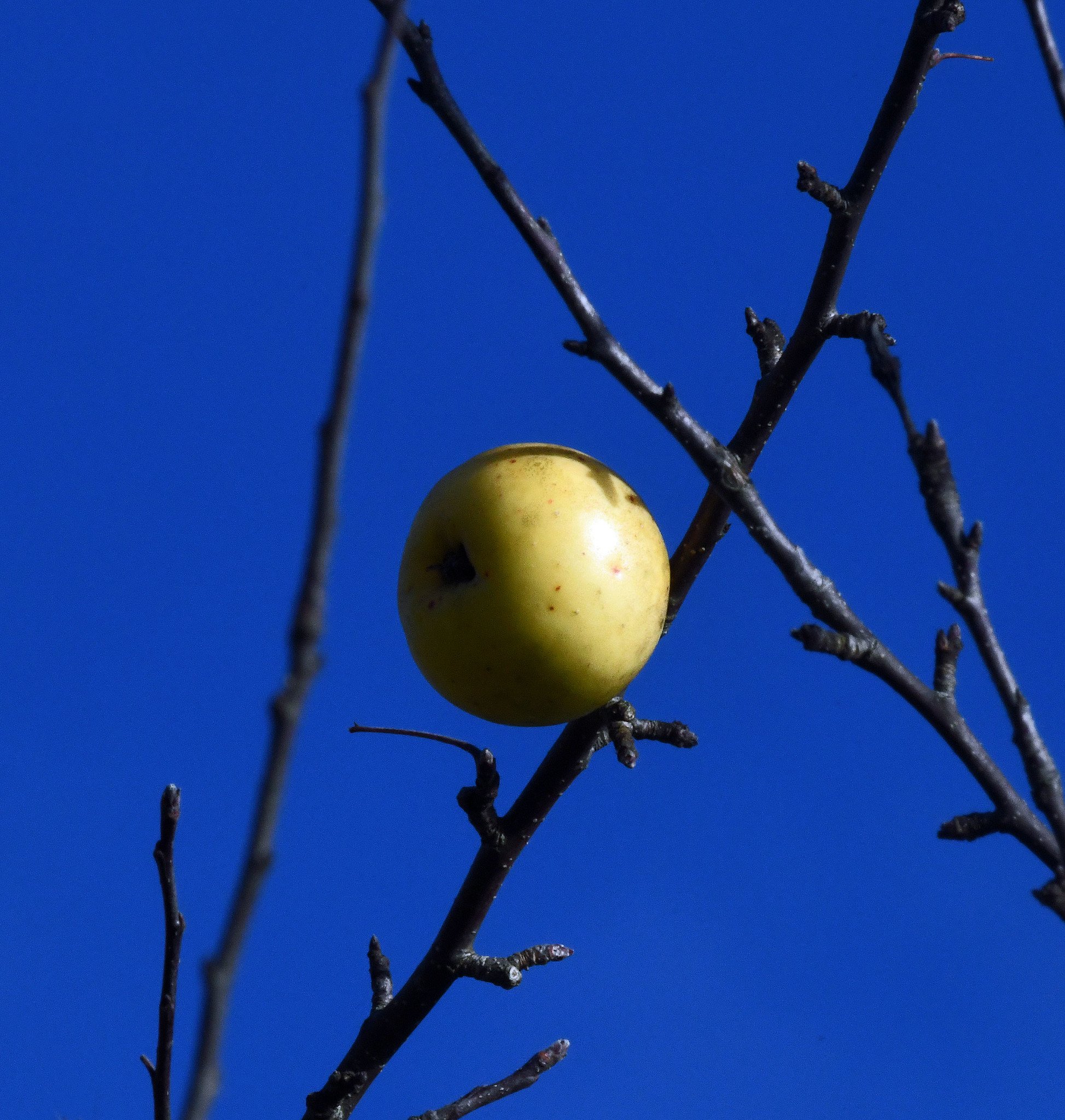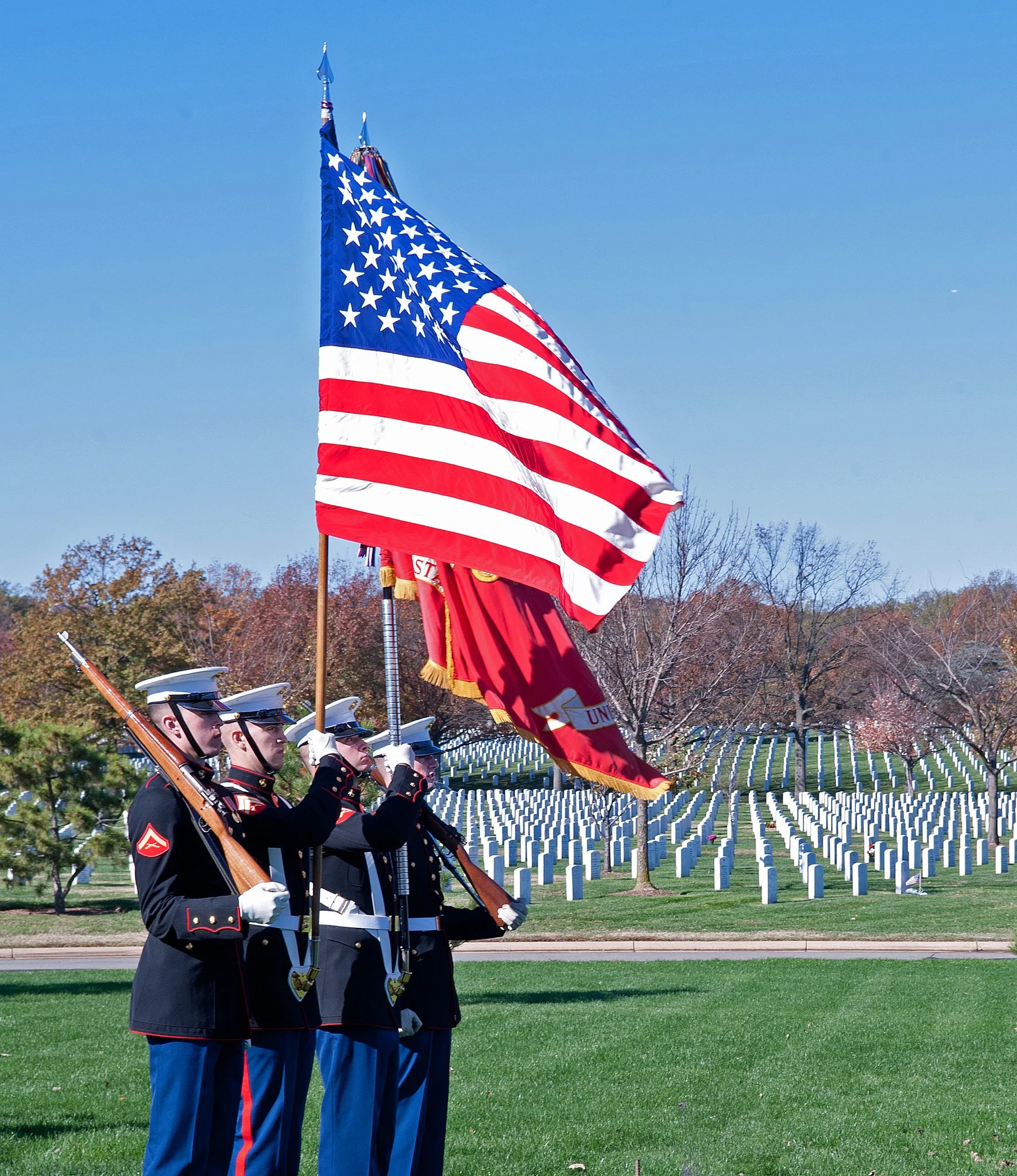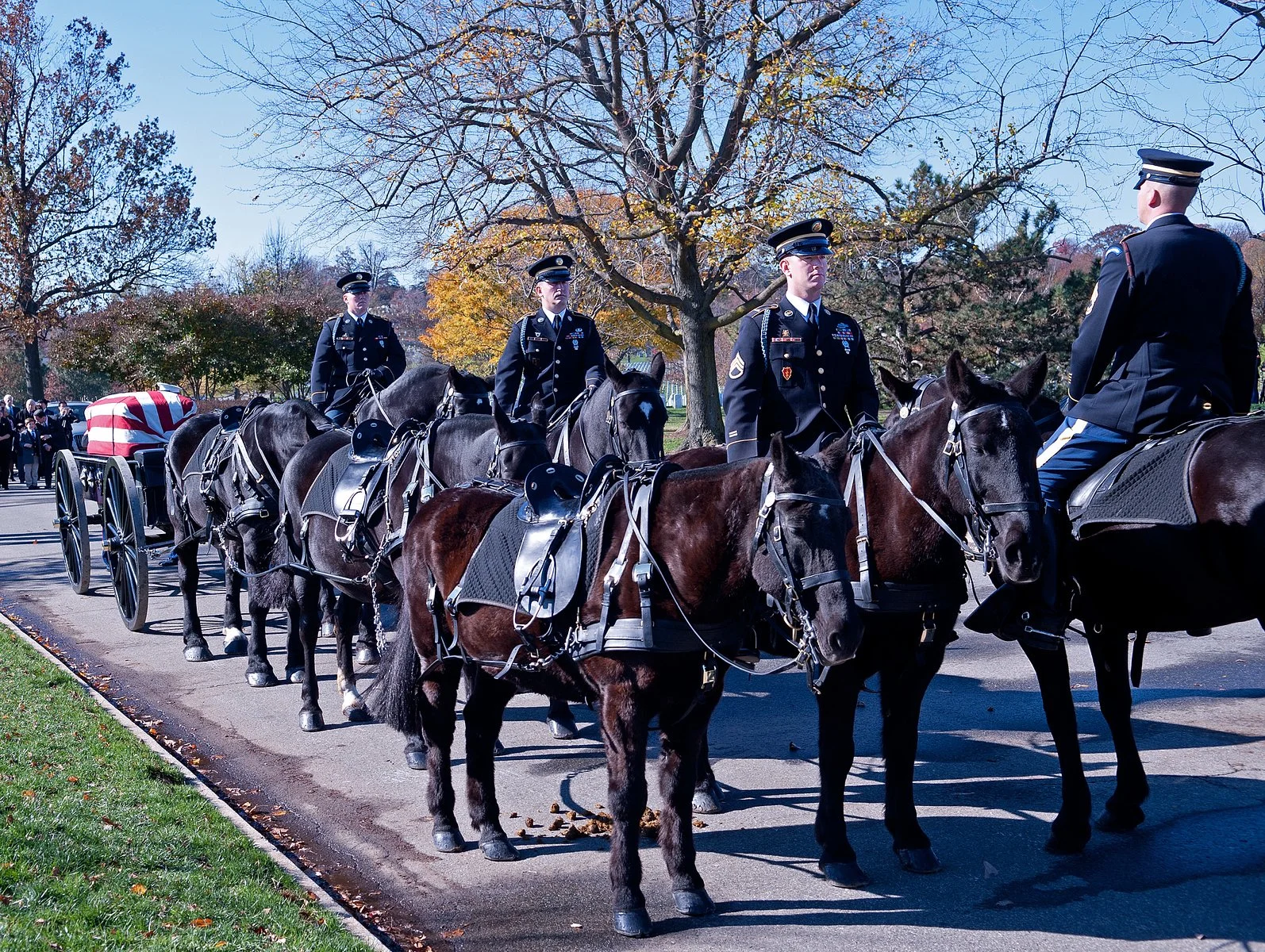It’s raining steadily as I write. Finally. A constant rain fell through the night and is continuing to drum pleasantly on our roof. We haven’t had an effective rain since the summer. We’re so dry that I bet a 40-day and 40-night soaker would not motivate any of our many capable ark builders here. The situation in Maine is serious and even dire in other northeastern states, as you can see from yesterday’s weekly U.S. Drought Monitor maps:
Most of Maine is experiencing moderate drought and the rest of the state remains abnormally dry, creating brush and wildfire dangers in this highly-wooded state where most people rely on wells for drinking water and, often, on ponds for fire truck water:
Our ponds have been drying up:
The situation is worse in some other northeast states, according to the Drought Monitor: “[E]ssentially from north-central Maryland northward and eastward, little or no precipitation fell [during the week]. *** As a result, conditions continued to deteriorate in [many] areas. *** Severe drought (D2) expanded to cover much of the East Coast Megalopolis and the western suburbs. Unusual brush fire activity and wildfire danger has been frequent for the past couple of months, and a few municipalities have mandatory water use restrictions in place ….”
(Photograph taken in Brooklin, Maine, on November 21, 2024.)


















































